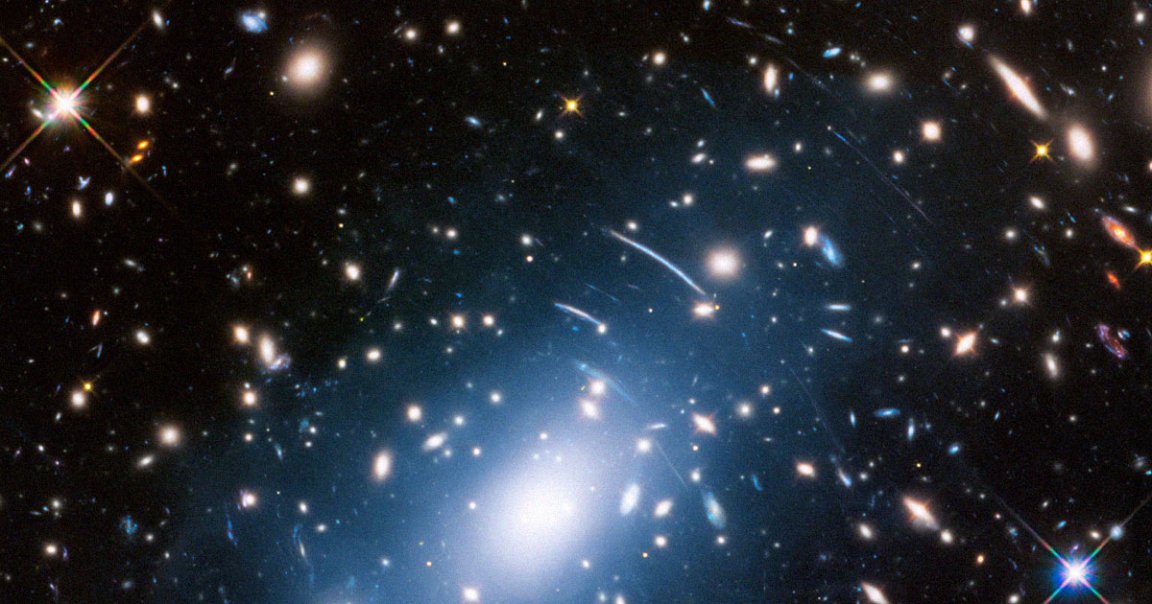
No-Go Zone
One of the toughest parts of the universe to observe is the ominously-named “zone of avoidance” (ZoA), the relatively uncharted region of the sky obscured by our own Milky Way galaxy.
But in new research, a team of astronomers managed to peer straight through the zone, and found a once-hidden “extragalactic structure,” according to a new study that’s pending peer review but has been submitted to the journal Astronomy & Astrophysics.
The notorious zone obscures some 10 to 20 percent of the sky due to stars and dust surrounding the supermassive blackhole at the center of our galaxy. To see what’s on the other side of the bulge can be a tall order — efforts have been successfully made to gaze through the zone before, but compared to other regions of space, it still receives relatively little attention.
And now, the astronomers’ discovery of the “extragalactic structure” — believed to be a sizeable galaxy cluster — may help clear things up.
“For many years, the ZoA had a lack of information, but now with new studies we could cover a little region of the sky, and in the near future, a bigger region with data,” Daniela Galdeano, an astronomer at the National university of San Juan in Argentina, told Vice in an interview.
Clusterf*ck
To peek beyond the galactic veil, Galdeano and her team used the European Southern Observatory’s VVV survey to examine the infrared light that makes it past the Milky Way’s obstructive bulge, since visible light is completely blocked.
Once they realized what they were looking at was a cluster, the astronomers followed up by using the Gemini South telescope in the Chilean Andes to measure redshifts from the five galaxies spotted within them, which helped determine their distances and velocities.
And according to the team’s estimates, there could be around 58 galaxies gathered in the cluster — but they’ll need further observations to be sure.
“It looks quite big, but it is difficult to tell yet how massive,” said study co-author Dante Minniti, director of the Institute of Astrophysics at Andrés Bello National University, in the Vice interview. “We need more spectroscopic redshifts to estimate the mass of this cluster.”
Still, it’s an illuminating find in a part of the universe that remains conspicuously uncharted thanks to our galaxy’s overbearing, well, bulge.
More on galaxies: Incredible New James Webb Image Shows “Cartwheel Galaxy” In Glorious Detail